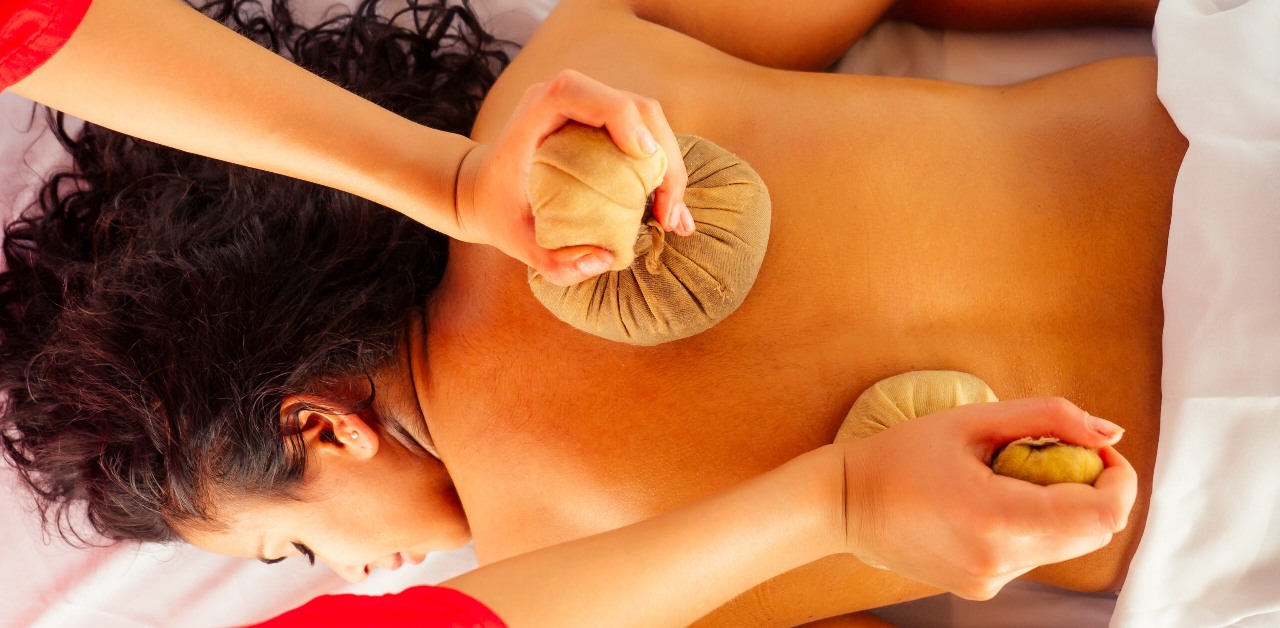You will be shocked to hear that 75% of women worldwide experience vaginal discomfort at least once or twice in their lifetime. However, due to hesitation or embarrassment, many avoid discussing or seeking treatment for these concerns. Therefore, I request you not to leave this page if you or any of your female acquaintances suffer from: Vaginal dryness due to menopause Itching or a burning sensation in your vagina Difficulty conceiving because of discomfort during sex Excessive vaginal discharge Yeast infection If your answer is yes to any of these, read through the end because I’m going to share with you a remedy that can be life-changing for you! Yoni Pichu: The Ultimate Vaginal Health Secret Yoni means vagina and Pichu means cotton swab. India is a land where women have always been revered for their role as the nurturers of life. This ancient treatment mentioned in Sushruta Samhita points at the importance of women’s health emphasizing that a society’s well-being is deeply intertwined with the well-being of its women. For all the conditions that I mentioned before, I will guide you through the procedure of Yoni Pichu and explain the specific ingredients that you need for the procedure. At the hospital, we do an elaborate version of this. As part of my endeavor to make Ayurveda reach every household, I’m going to share this specific hospital-based procedure with you in a much more simplified and safer form so that you can do this effectively at your home. Who shouldn’t do Yoni Pichu ? You cannot do Yoni Pichu if you: never had sex are below 13 years of age and have not started menstruating are menstruating. are pregnant. You have to do a specifically customized, individualized Yoni Pichu depending upon your body only under expert supervision. are in the 9th month of pregnancy. At this stage, it is done for ease of delivery under expert supervision. How to do Yoni Pichu ? For this treatment, you’ll need: A sterile tampon – Make sure it is aseptic to prevent infections. 15 to 20 ml of oil – The type of oil depends on your specific condition (explained below). Procedure: Dip the tampon in 15 to 20 ml of the chosen oil until it is fully absorbed. Lie down on your back, keep your knees flexed. Carefully insert the tampon inside your vagina as high as comfortably possible. Keep the tampon in place for 2 to 3 hours. Make sure that you pass urine before inserting the tampon. If you feel like passing urine after inserting it, you will have to remove the tampon and use a fresh new one. To avoid this, pass urine beforehand so you can hold it for the maximum time and get the maximum benefits. What oil should you use for vaginal health ? The kind of oil you use depends on your condition. For vaginal dryness and pain Use sesame oil. Make sure to use good quality organic black sesame oil when you’re doing this Yoni Pichu. You can contact us to get pure organic black sesame oil. For a burning sensation in the vaginal area Use Shata Dhauta Ghrita or SDG. It is very cooling and can help with the burning sensation inside the vagina. Here is how you can make Shata Dhauta Ghrita, the best Ayurvedic moisturizer: For vaginal itching Use Triphala Ghrita for best results in relief from itching. Slightly warm the ghee before inserting the tampon. Why is Yoni Pichu effective for vaginal health ? Even if it looks like an external treatment, it is not. It has systemic benefits. Balances Vata Dosha, which is responsible for most reproductive issues. Helps conditions related to fallopian tubes, the uterus, and other hollow organs, which are primarily governed by Vata. The vaginal membrane is lipophilic, meaning the oils inserted via tampon get absorbed into the systemic circulation, providing deep healing. If you have unexplained infertility, recurrent miscarriages, or pregnancy-related issues, there are better Yoni Pichu and Yoni Varti treatments in Ayurveda that are super effective. Please consult an Ayurvedic doctor to understand what works best for you. The four expected outcomes of Yoni Pichu: Brimhana – Nourishing Ropana – Wound healing Shodhana – Cleansing Balyam – Strengthening Vaginal Candidiasis One such common, yet often ignored, issue is yeast infection, also known as Vaginal Candidiasis. This condition affects around 30–50% of women globally and requires careful attention as it is contagious, unlike most other skin infections. What is a vaginal yeast infection ? A yeast infection is a fungal infection that primarily affects the vagina and surrounding genital area causing pain, itching, and discomfort. If left untreated, it can cause complications, including a burning sensation during urination and persistent irritation. What Causes Vaginal Candidiasis? Several reasons can cause and speed up the growth of yeast infections. Here are the most common offenders: Candida overgrowth Yeast infections are caused mainly by candida, a type of fungus that naturally occurs on the skin and inside the body (mouth, gut, throat, and vagina) without causing harm. But sometimes, candida overgrows resulting in an infection. Uncontrolled diabetes Yeast infections are more common in people with diabetes because high blood sugar levels provide a favorable environment for fungal growth. Hormonal imbalance Lowers estrogen and progesterone levels disrupt the natural microbiome making the vagina more susceptible to candida overgrowth. Antibiotic use Broad-spectrum antibiotics kill both bad and good bacteria. This disrupts vaginal flora, allowing candida to grow freely. Ayurvedic Treatment for Yeast Infections Yeast infections can be effectively managed with Ayurveda. The primary focus will be on finding the root cause of the yeast infection. If it is… Continue reading Vaginal Health the Ayurvedic Way – Balance, Care & Healing
Vaginal Health the Ayurvedic Way – Balance, Care & Healing









